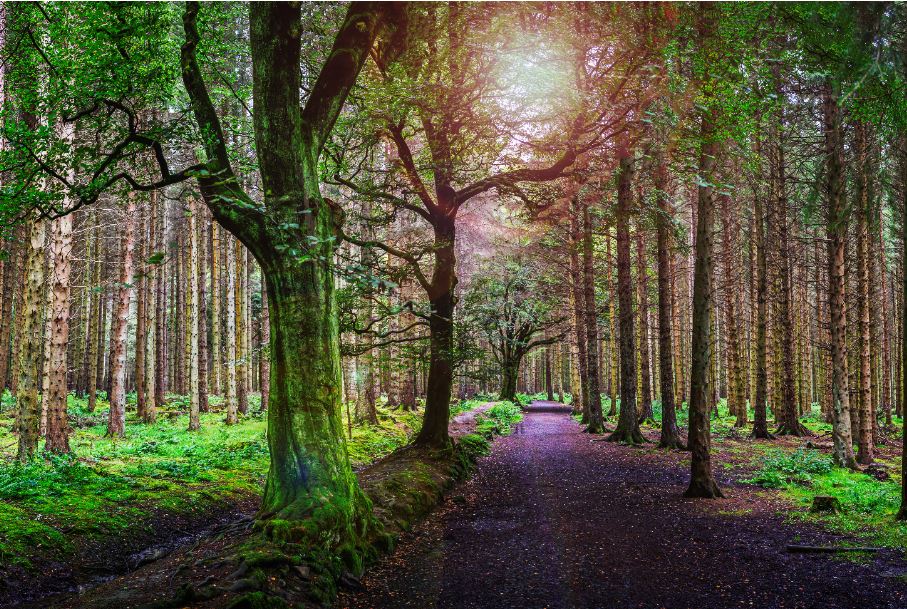The first phase of the biodiversity crediting project explored how biodiversity uplift could be measured, validated and monetised within the UK’s evolving nature markets.
During the project, the team:
- Developed a proposal for a scientifically rigorous biodiversity crediting methodology, aligning with best practices in biodiversity monitoring
- Conducted pilot studies to test the feasibility of biodiversity credit quantification using the proposed framework
- Worked with the UK Land Carbon Registry to explore crediting mechanisms
- Hosted a public consultation, receiving feedback from landowners, project developers and ecologists
- Collated the project outcomes and learnings to create a learning toolkit for those wishing to further develop or engage in nature finance mechanisms in the UK
The proposed framework for biodiversity quantification was presented to the Woodland Carbon Code and Peatland Code executive boards at the end of February 2025.
Although the boards were in support of developing biodiversity crediting within the standards, they decided to look for funding to continue the research and development of this methodology.


